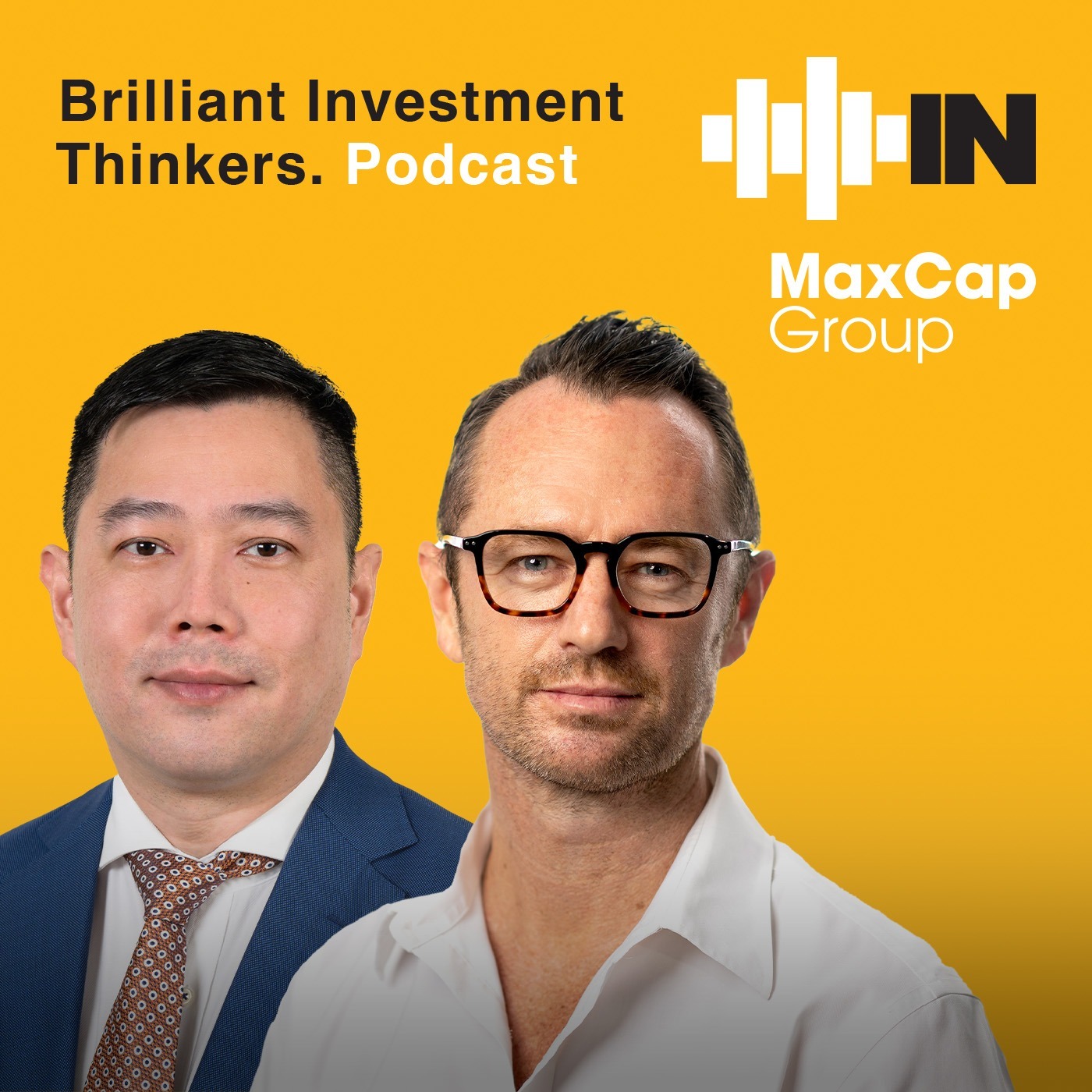-
Sort By
-
Newest
-
Newest
-
Oldest
-
All Categories
-
All Categories
-
Alternatives
-
Asset Allocation
-
Crypto
-
Defensive assets
-
Equities
-
ESG
-
ETF
-
Fixed Income
-
Growth assets
-
Private debt
-
Private Equity
-
Property
When Tyler Jayroe told a friend he was visiting Australia for The Inside Network’s Alternatives Symposium, the friend – a marine life enthusiast – told him how envious he was, as he has always wanted to experience Australia’s rich sea-creature endowment. The friend gave Jayroe the perfect private equity analogy to use for his Australian audience.
Healthcare and life sciences is emerging as an economically resilient alternative asset class, given that the industry has huge tailwinds in the form of the demographic force of an ageing population around the world. Plus, there is the growing demand from lifestyle diseases – illnesses that arise from day-to-day life habits of an individual – and the expansion on the back of digital health and AI.
If the holy grail of investing lies in the concept of non-correlated return streams with which to build truly diversified portfolios, insurance-linked securities (ILS) should emerge as one of the options for investors; but they are still not well-understood. That was the message that John Wells, co-founder and chairman of London-based Leadenhall Capital Partners, had for The Inside Network’s recent Alternatives Symposium.
Gold’s spectacular rise has been a feature of the markets over the last couple of years, and judging from how the investment banks are sharpening the pencil on their price targets, that trend seems likely to continue, as gold’s ‘NETGO factor’ intensifies.
With private credit garnering plenty of media attention lately, it’s important for investors to understand the underlying variations across this asset class. Lauren Ryan from non-bank lender Thinktank discusses some key points about private credit funds and how they work, as well as some key differences between them.
Investors are right to diversify overseas. What they must remember is, it’s not just a US story focused on the ‘Magnificent Seven.’
Private markets is clearly a rapidly growing part of the investment ecosystem, with the Australian Securities and Investments Commission (ASIC) recently citing data showing global private capital assets under management (AUM) having tripled over the past decade, to reach an estimated US$14.6 trillion ($23.2 trillion).
And within that, infrastructure is the asset class that is streeting all others in terms of growth, driven by a colossal and multi-pronged funding task.
The Australian image of the taciturn farmer, hard at work completely out of the spotlight, carrying a large part of the nation’s gross domestic product (GDP) on the shoulders of resilient rural families, has a similar feel to the investment performance of the land on which they work. Agricultural land is the quiet achiever of the Australian investment landscape.
Three adviser firms are telling their clients to trust their portfolio structures to ride out the current market volatility largely sparked by a looming trade war.
In an evolving investment landscape, alternative assets are no longer a fringe consideration—they have become an essential component of a well-structured portfolio. Advisers are increasingly looking beyond traditional equities and fixed income to seek diversification, uncorrelated returns, and improved resilience.
Thematic investing has long been a source of fascination for investors, offering the promise of outsized returns driven by major structural shifts. Yet, as three seasoned professionals—Jamie Nemtsas of Wattle Partners, Will Hamilton of Hamilton Wealth Partners, and Peter Johansson of JCE Advisory—discussed, the reality is far more complex.
Equity markets continue to defy expectations, but investors face mounting risks as valuations stretch to historical extremes. Hugh Selby-Smith, co-CIO of Talaria Capital, recently presented his insights at The Inside Network’s Alternatives Symposium, warning that today’s market environment demands a critical reassessment of diversification strategies.
















